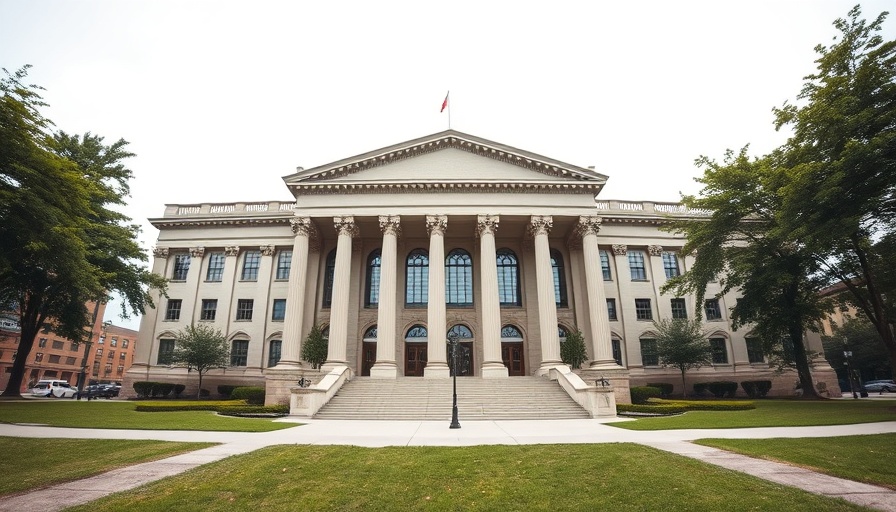
Why the EPA’s Delayed Refrigerant Transition Matters
The Environmental Protection Agency’s (EPA) recent decision to push back some parts of the hydrofluorocarbon (HFC) phase-down until January 1, 2026, raises pivotal questions about climate regulations and the future of air conditioning and refrigeration. This move allows more time for builders to use existing inventories of HFCs without being penalized, enabling the construction industry to adjust to the strict regulations mandated by the American Innovation and Manufacturing (AIM) Act.
The Stakes: Climate Change and HFCs
Hydrofluorocarbons are known for their particularly damaging effects on climate, with global warming potentials significantly higher than carbon dioxide. The escalation of climate events attributed to these potent greenhouse gases necessitates urgent action. By delaying restrictions, the EPA aims to balance immediate economic needs with long-term environmental goals. It’s a decision that’s sure to be debated among climate advocates and industry stakeholders alike.
The Impact on Homeowners and Builders
For homeowners, the delay means continuity in using certain HVAC systems without drastic changes in the short term. Many builders had expressed concerns that the rapid shift toward alternative refrigerants might lead to stranded investments in older equipment. This interim measure mitigates those concerns but asks whether such delays undercut the urgency of climate action. While immediate impacts may seem beneficial, what about long-term sustainable solutions?
Regulatory Landscape Under AIM Act
The AIM Act requires a phasedown of HFCs by 85% by 2036, a goal many see as crucial for curbing global warming. The recent alterations, however, prompt discussions surrounding regulatory certainty and compliance in the HVAC industry. Companies must still gear up for the 2025 compliance date for new manufacturing; thus, while they gain a breather now, the clock is ticking toward future changes. This also highlights the importance of innovative technology in the transition process.
Looking Ahead: What This Means for Consumers
Ultimately, for consumers, this interim delay might mean not only a temporary meeting of HVAC needs but also a wake-up call on climate responsibility. Selecting systems that will be compliant in the near future becomes crucial to avoid costly replacements as regulations tighten. It invites a broader discussion about the options available, from lower-GWP refrigerants to energy-efficient units that align with modern environmental standards.
Conclusion - Balancing Act of Policy and Environmental Needs
The EPA's recent decision reflects the ongoing tensions between immediate economic needs and the necessity of sustainable climate action. While the delay could ease some pressures off builders and supplies, it also serves as a reminder of the larger picture. Stakeholders must ask themselves how best to navigate the complexities of transitioning to greener technologies, and what that means for the environment, consumers, and industry as a whole.
 Add Row
Add Row  Add
Add 




Write A Comment